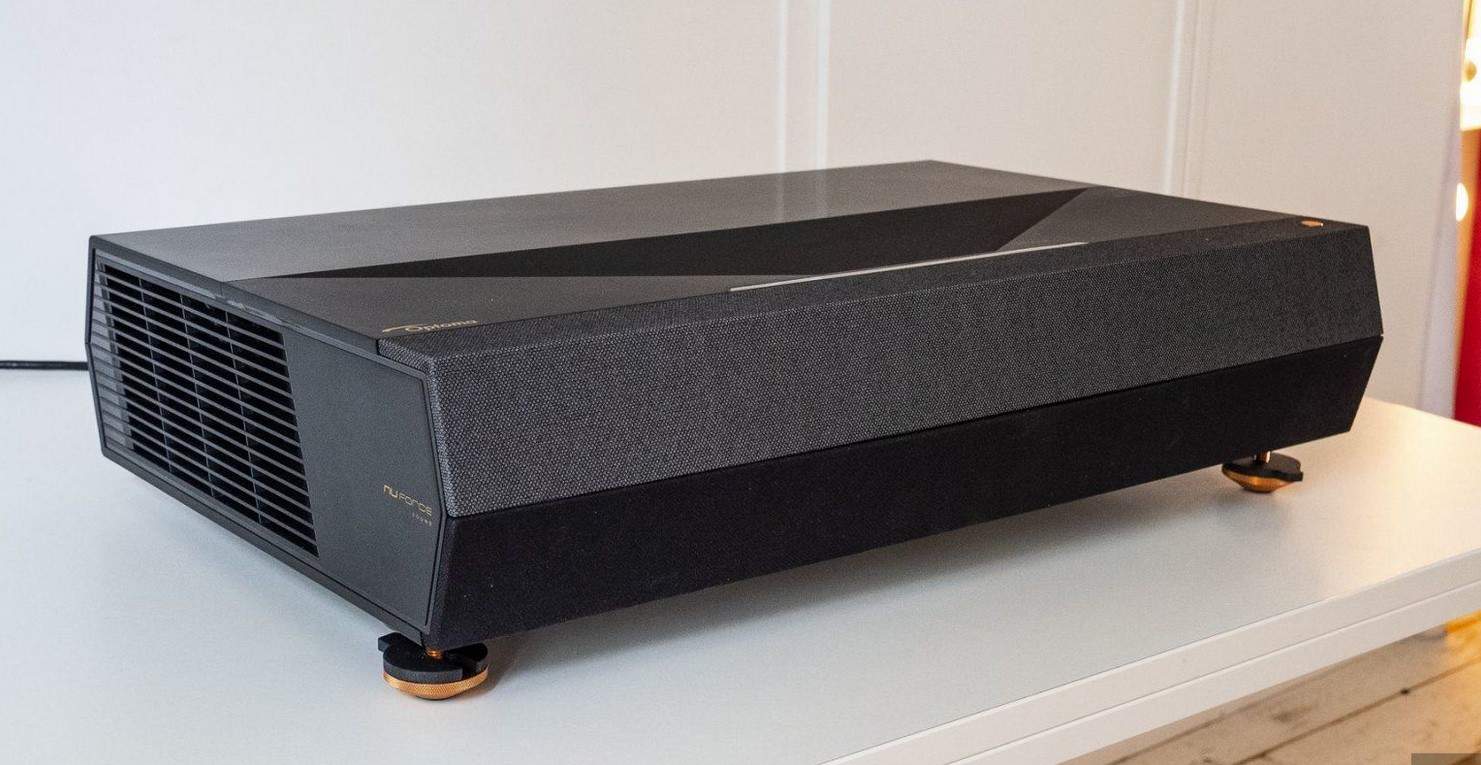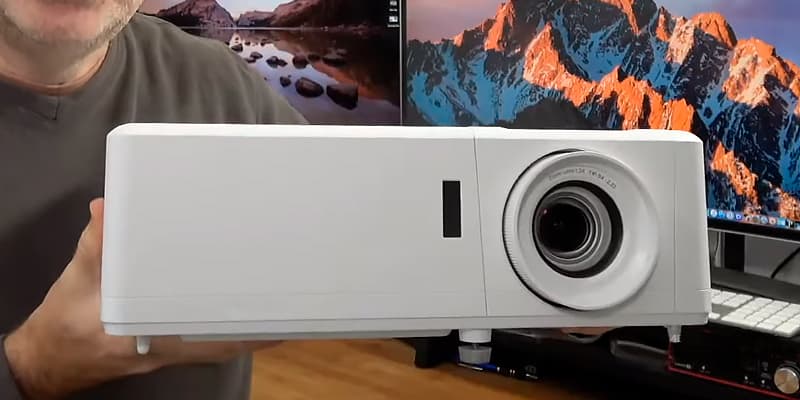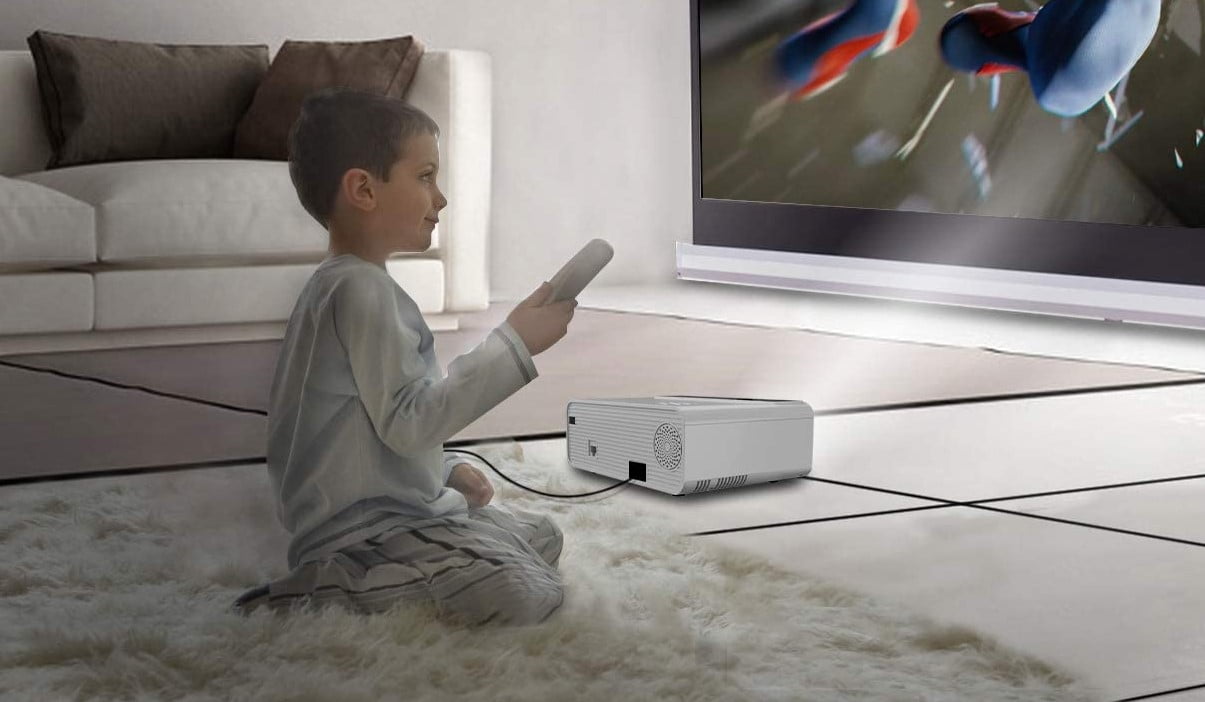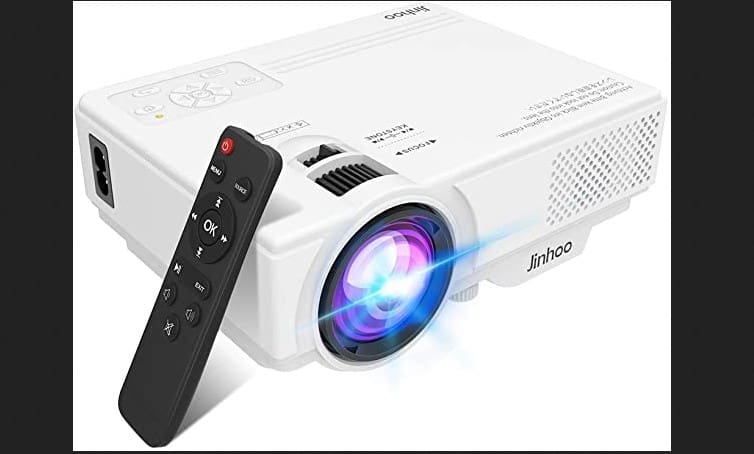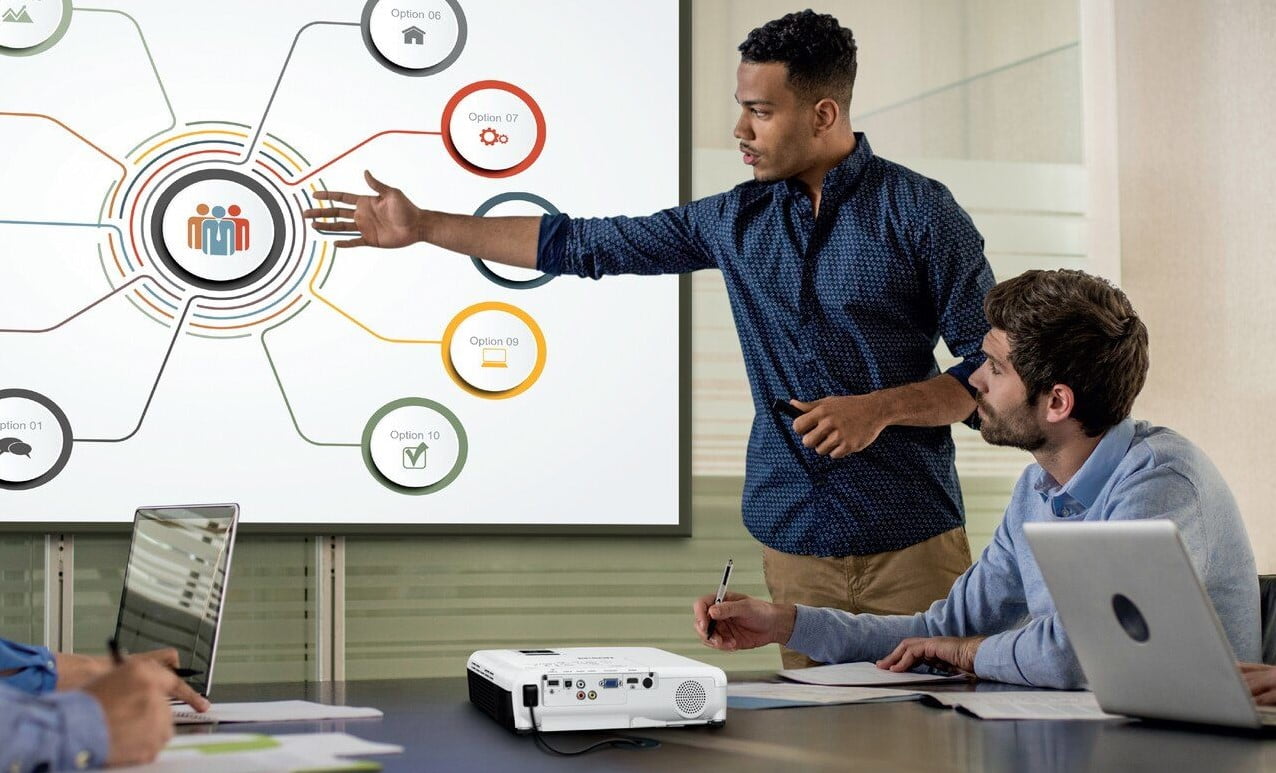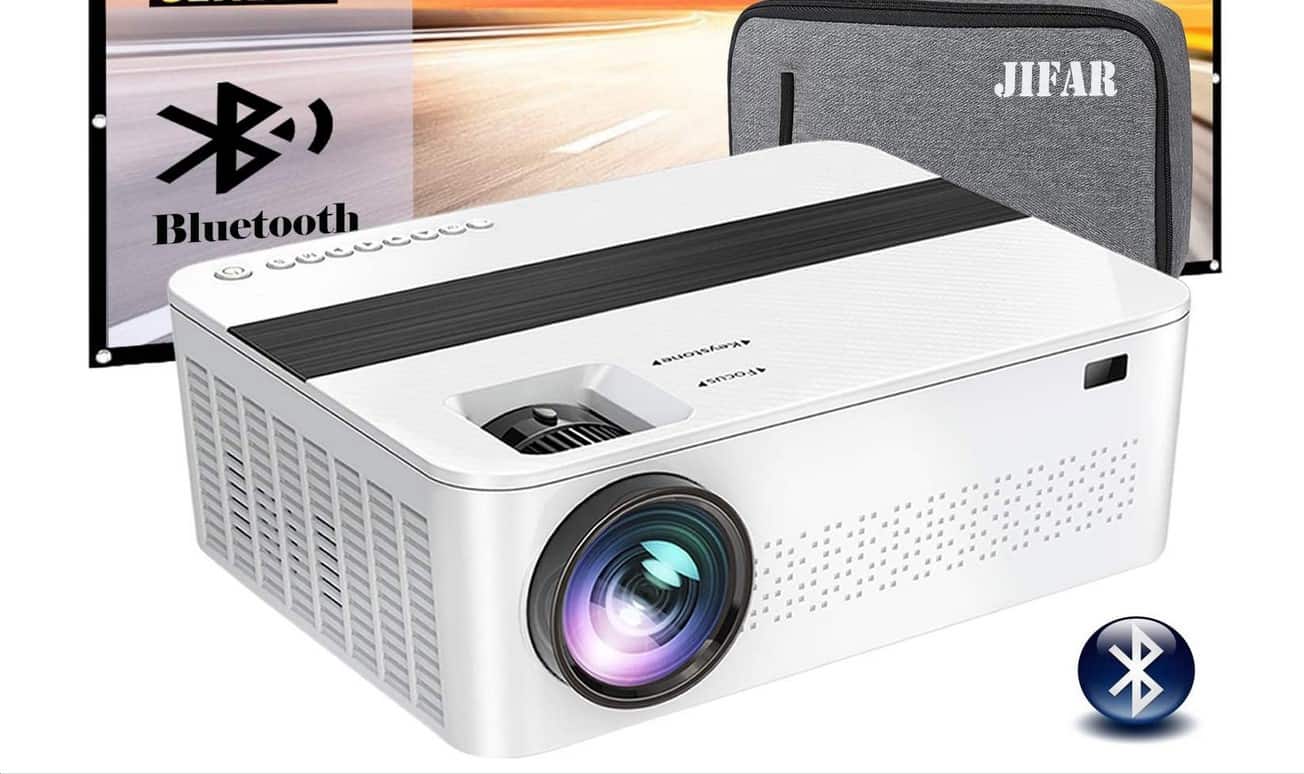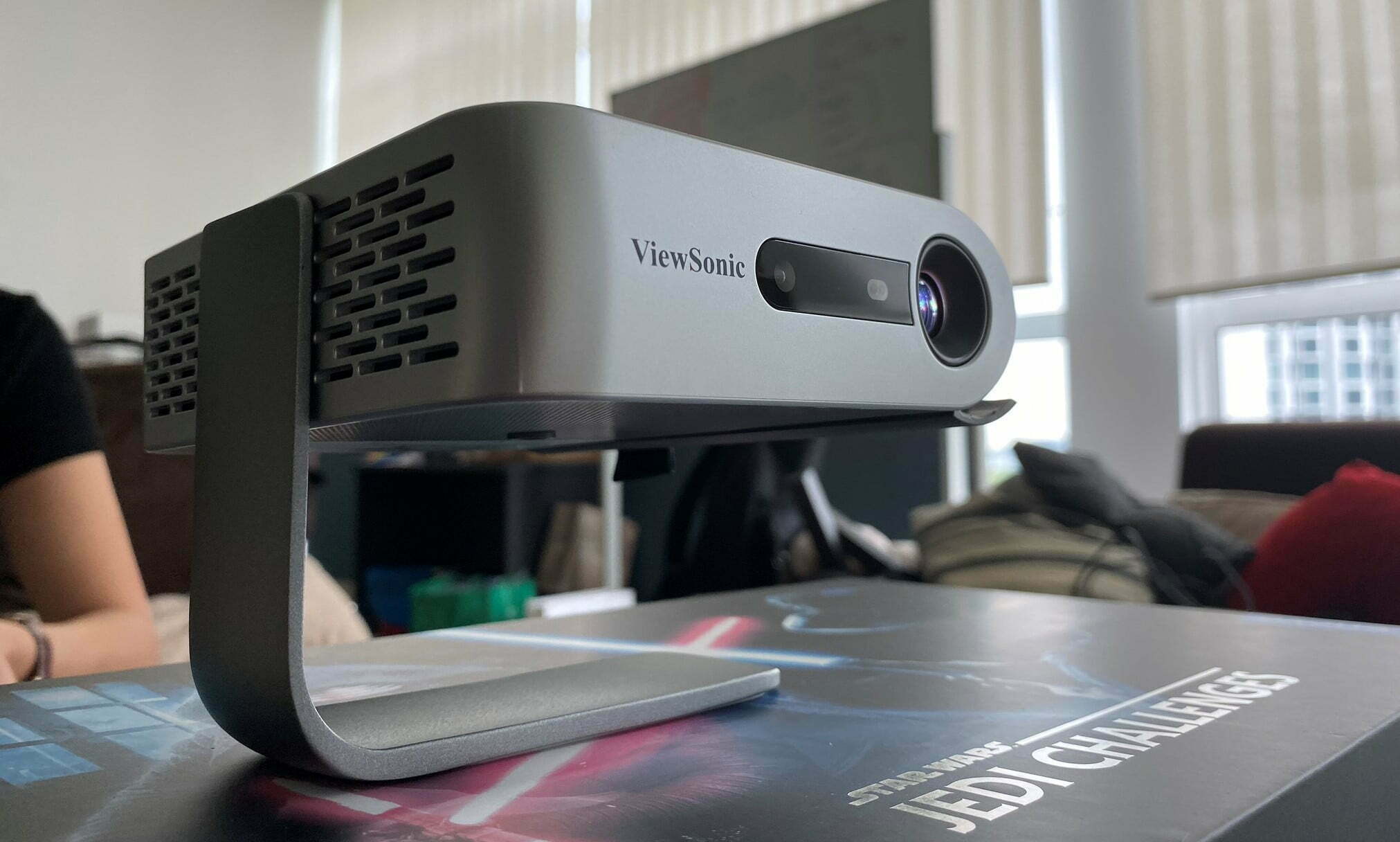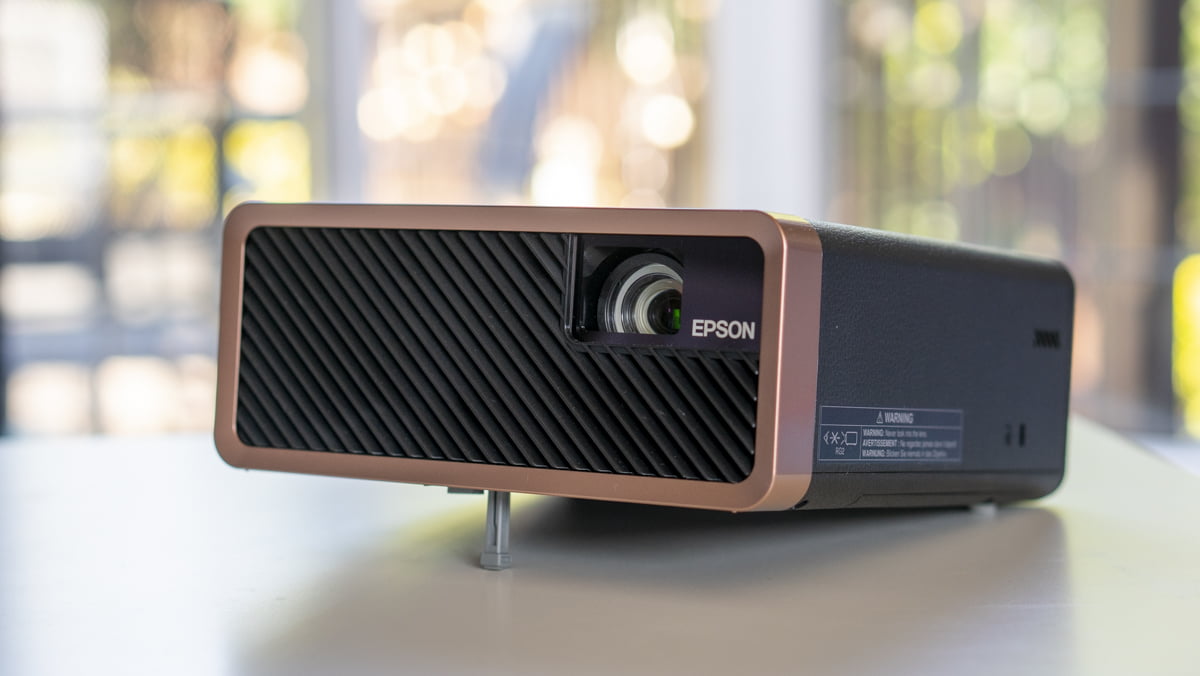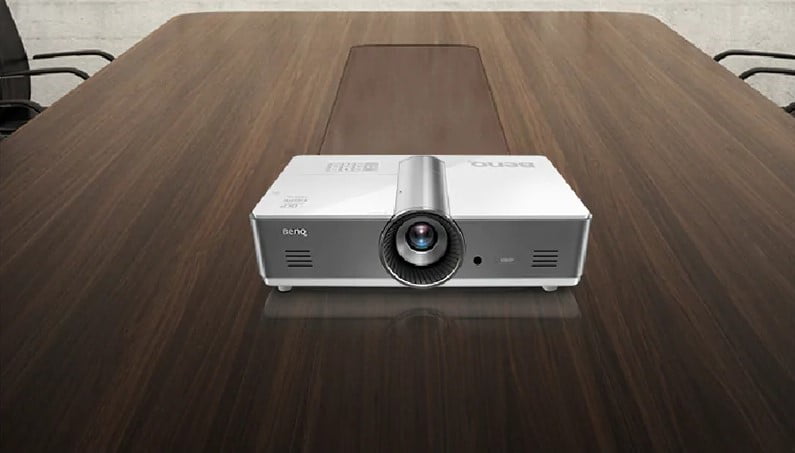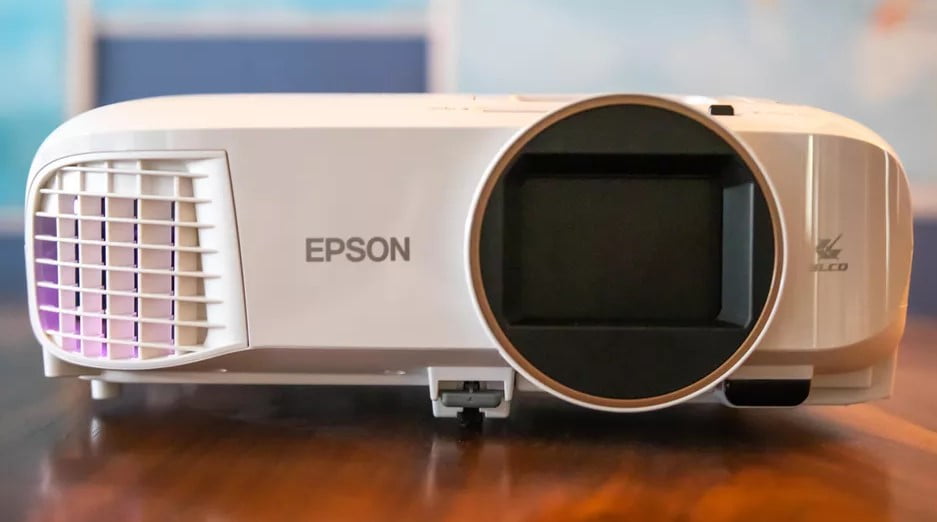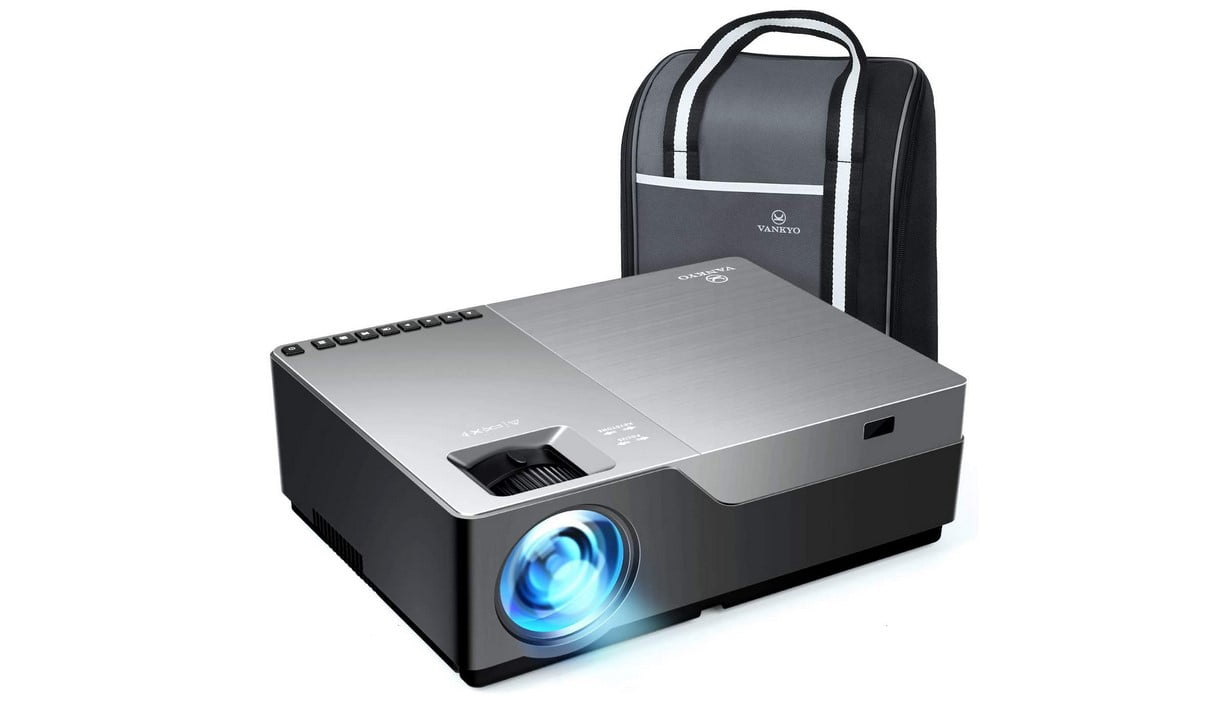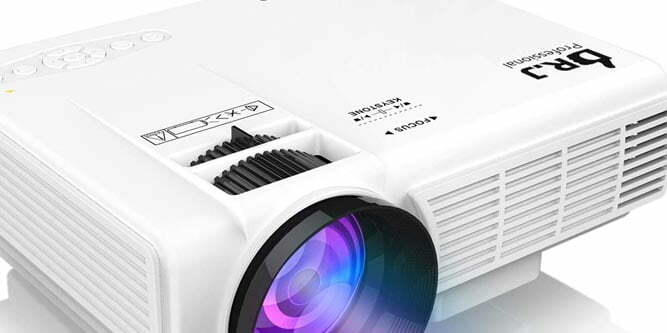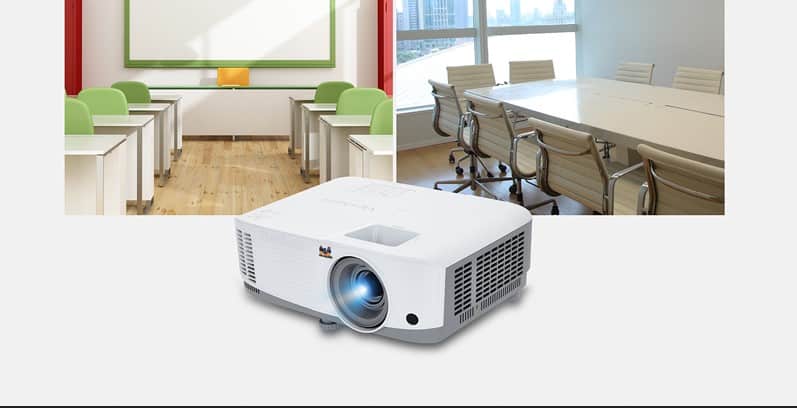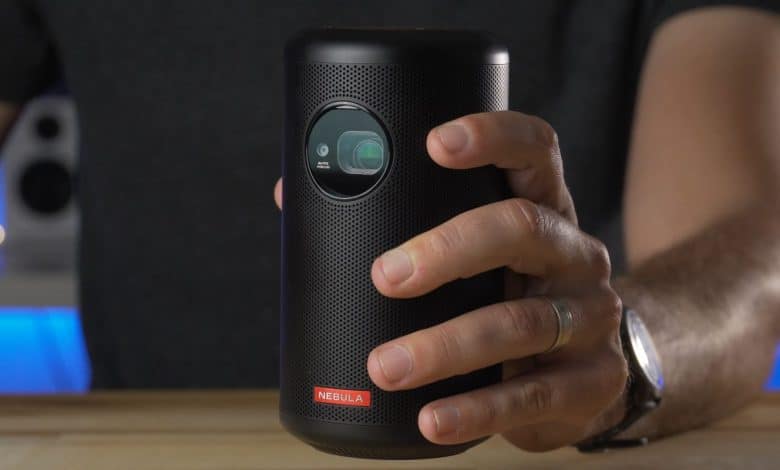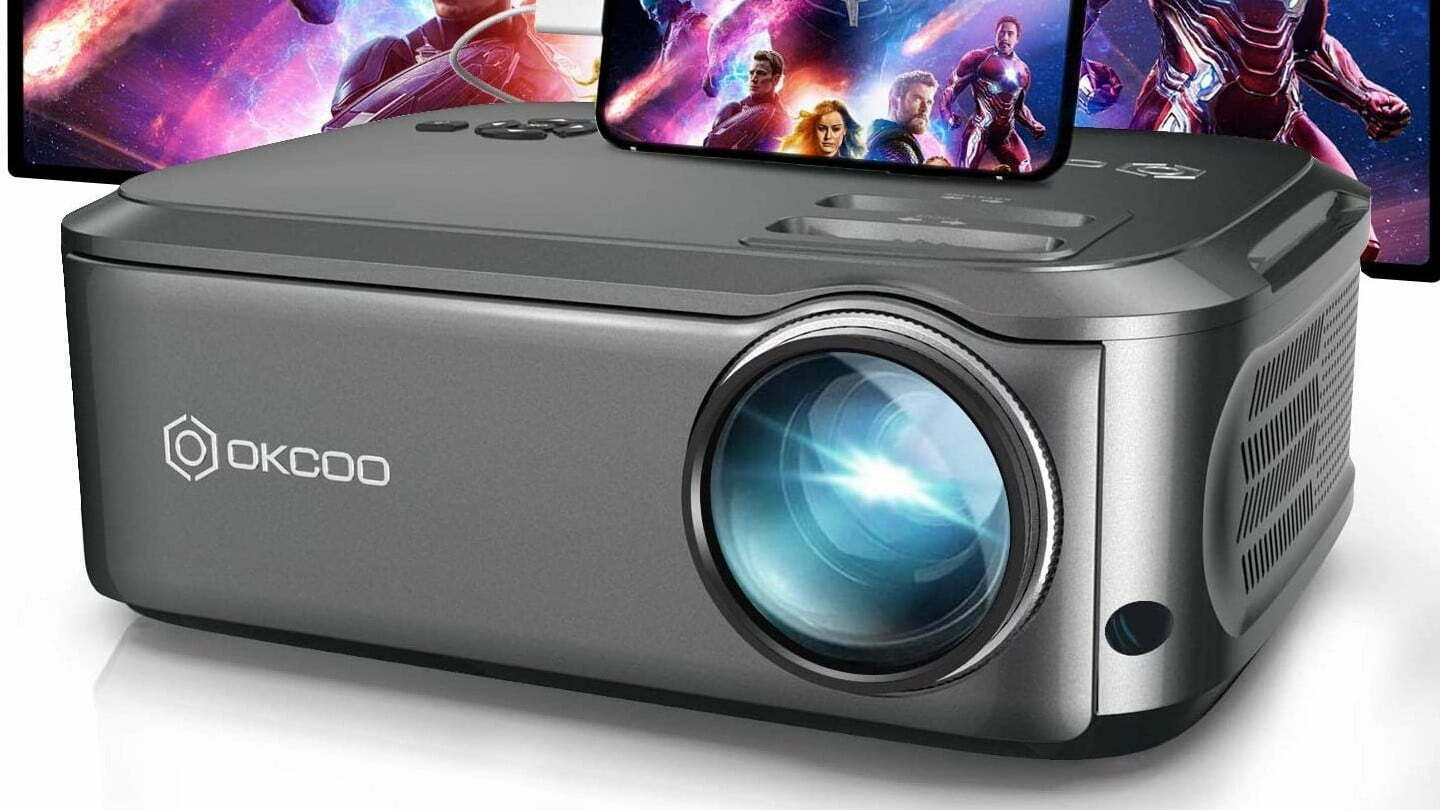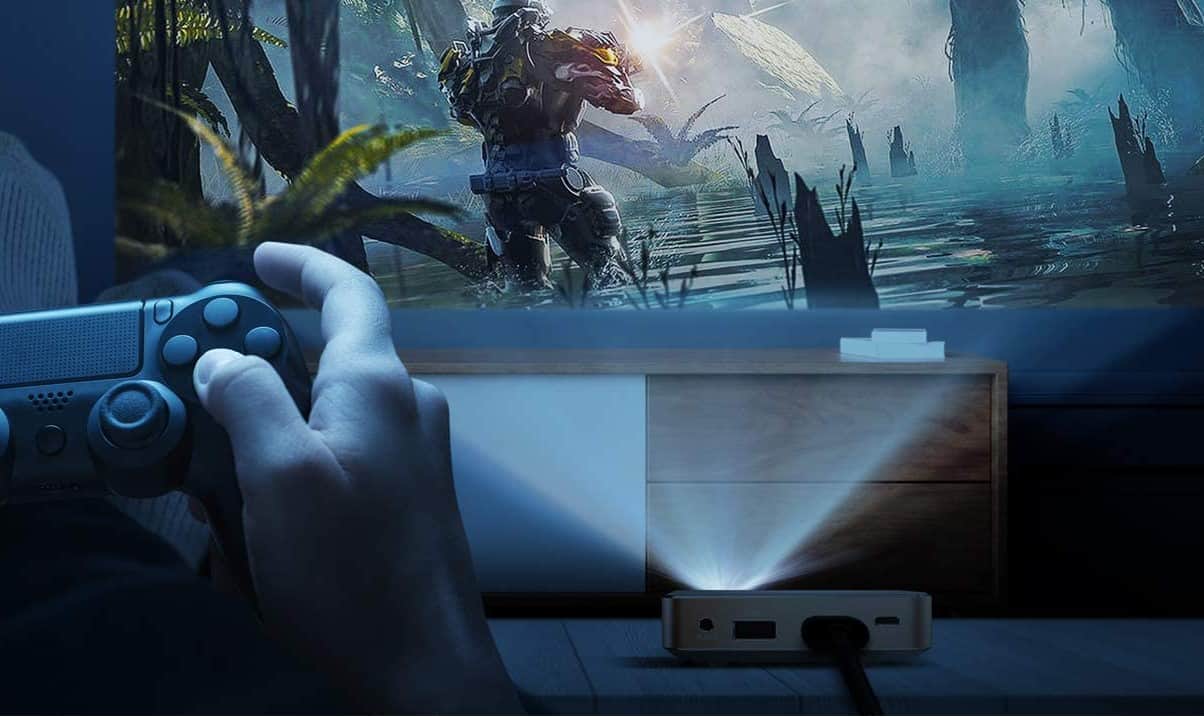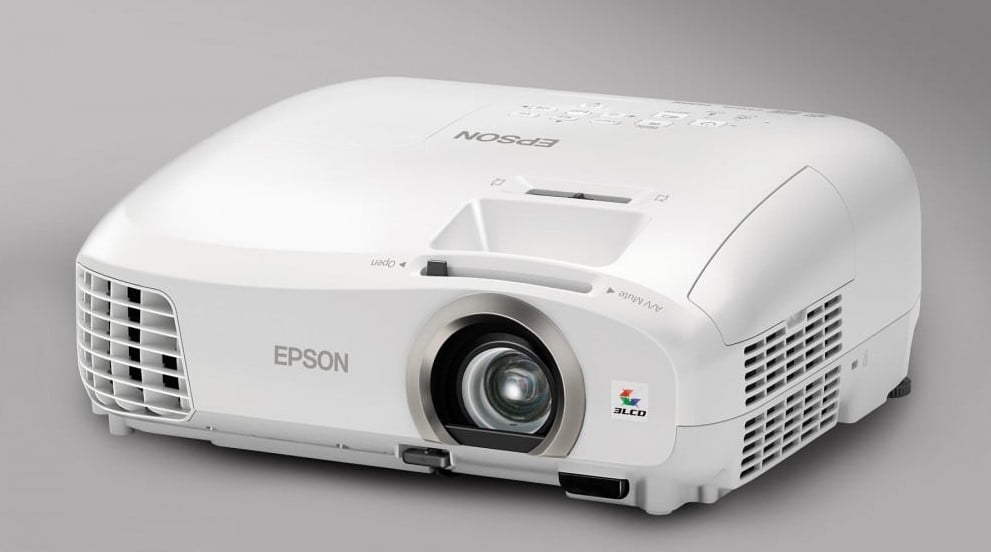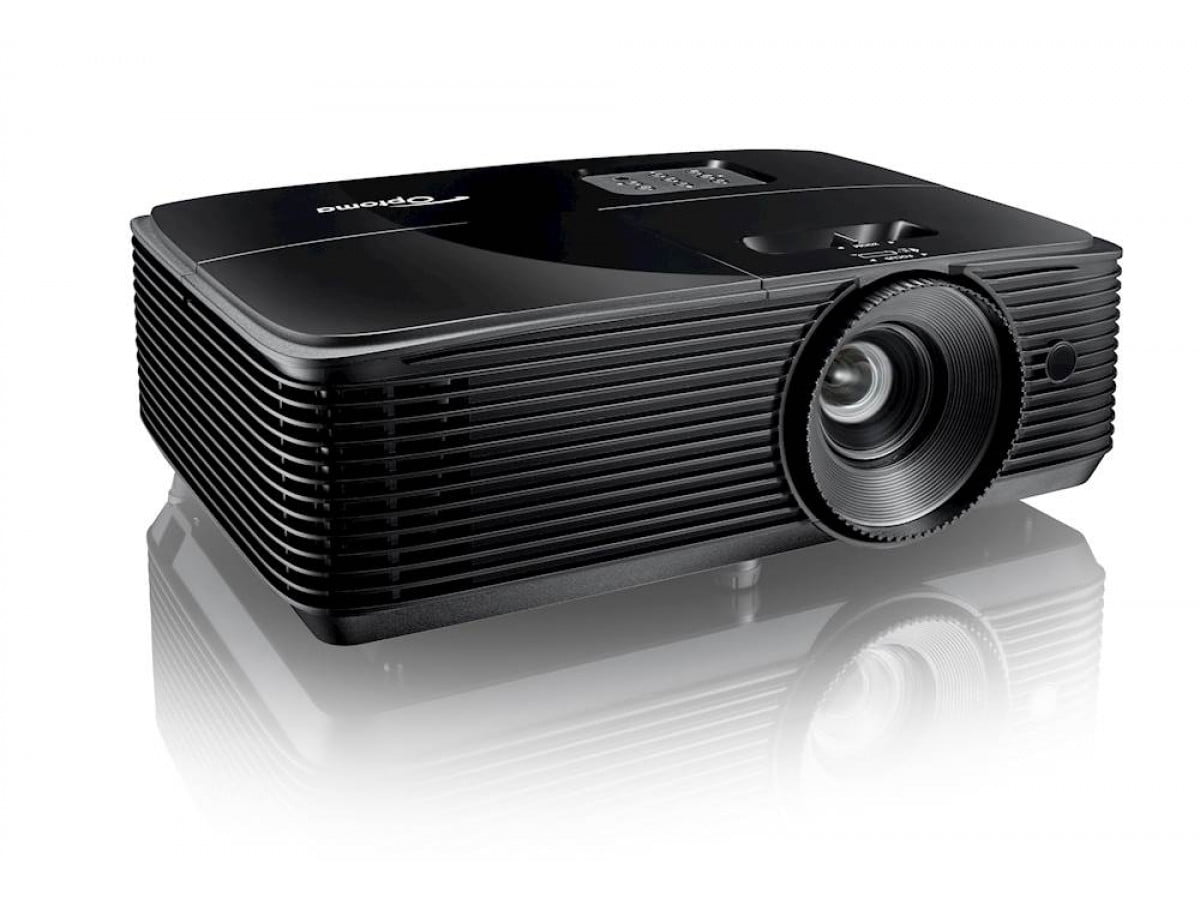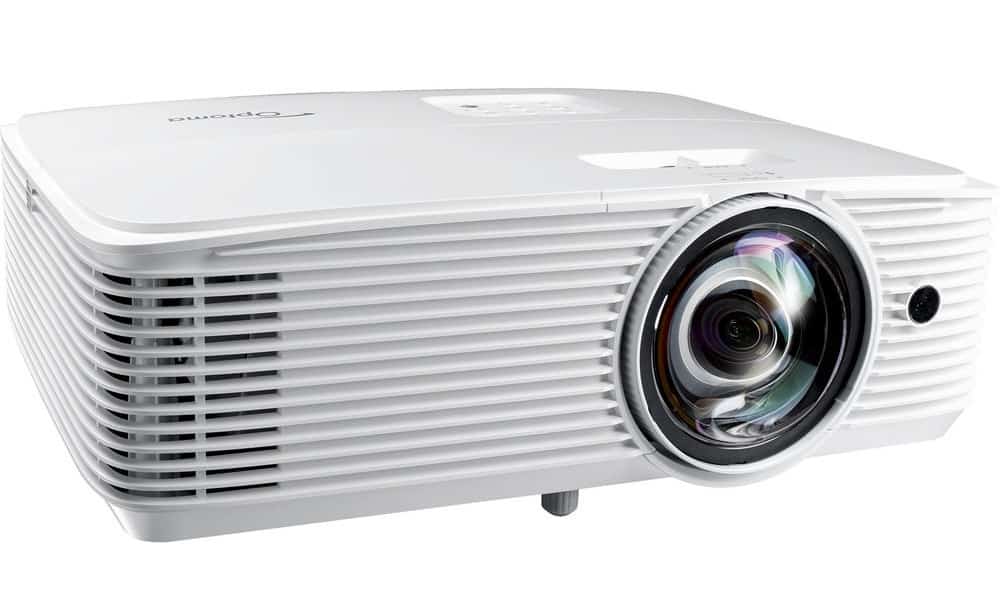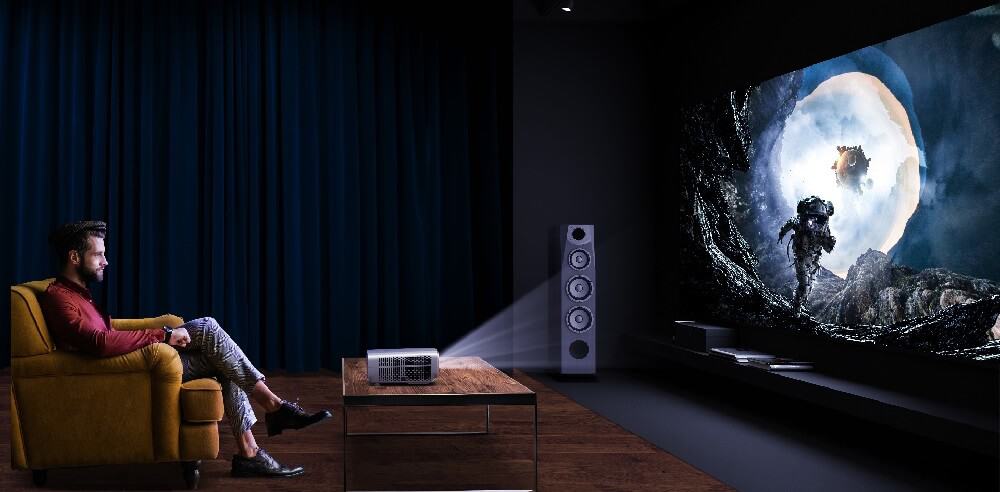Learning where to position a projector for the best experience is essential. Whether you have a top model or you like inexpensive projectors better, viewing position is critical. There are a few key pieces of data that go into determining the perfect projector position.
KEY TAKEAWAYS:
- There are several metrics to consider for projector positionings, such as the type of throw ratio, long-throw or short-throw capabilities, screen height, screen size, image proportions, and more.
- Deciding on the setup position of your projector begins with finding the room you want to project in and the room’s seating position.
- If you cannot achieve a perfectly vertical and horizontal center, most projectors have built-in features to account for this, such as keystone correction and lens shift.
Most of these are terms you should be familiar with. Even the best projectors need careful thought put into their placement, or the projector may be blurry. Make sure you set up any video projectors using the information in this article in mind.
Understanding Ideal Projector Positions
Understanding where to position a projector takes a bit of time and some math. If you’re like most people and lack unlimited space, you should also learn the difference between a long and short-throw projector. Plus, if it’s not in the right place, the cables might come loose, which can cause a “no signal” error on the projector.
If you decide to go with ceiling mounting your projector, you’ll need a cable management system. If you’re now wondering, “Well, what cables do I need for a projector?” then the answer might surprise you.
Guide to Proper Projector Positioning
The sweet spot for projectors depends on a few factors. Aspect ratio, throw distance range, and type of projector all play a part. For example, a theatre projector will have far different needs than an overhead projector.
If you’re using your projector for educational purposes, the natural next question is probably, “Will any projector work with a smartboard?”
Insider Tip
Always check the instruction manual for further information on indicator lights, troubleshooting options, and additional guidance.
A Room With Low Ambient Light
Instituting some form of light control in your chosen room will be crucial. This means eliminating unnecessary light sources that can impact image quality and ruin your experience. For those with inexpensive projectors that already struggle with image quality, this step is the most important. To see the entire screen, look for every bright spot you can and make them disappear.
Even the best short-throw projector can’t overcome terrible lighting conditions. This is crucial to enjoying your projector, no matter the image size necessary.
Understanding Projector Lens Capabilities
The entire projector will work to provide a better viewing experience, even if the projector positioning is off. Keystone correction is one of the most popular features for this. Most video projectors will have what is known as horizontal lens shift and vertical lens shift. Both of these features do the same thing in a different direction.
Essentially, it allows for lens offset correction without moving the projector body. If you have a projector in a ceiling mount, that’s a crucial feature.
Determining Throw Distance Range
The type of throw your projector has is essential. A short-throw projector can work in tiny rooms and can produce a 100-inch size image, or larger, even close to the screen. But, it likely won’t work if you write on the projector screen. For those with unlimited space, a standard throw projector works far better. Throw ratio is another crucial aspect to understand when figuring out projector placement.
Adjusting for a Small or Large Screen Size
Keystone correction is still a popular method of adjusting your lens assembly if there is a lens offset. Since it is a manual adjustment, it is falling out of favor. You are generally more likely to have video projectors that include a way to combat lens offset through a vertical and horizontal lens shift.
Both horizontal and vertical lens shifts are helpful and far more prevalent in modern models. This allows you to avoid having to make a manual adjustment.
Warning
Be careful about calculating the correct position for your projector when doing a permanent installation since moving it afterward is next to impossible.
F.A.Q.S
Why does avoiding direct light matter for projectors?
Ambient light sources will be an ongoing issue from projector installation onward. Even expensive projectors will struggle with if you don’t exercise light control. This is because the video projection has a hard time appearing in bright light.
How do I find throw distance for my projector?
Throw distance is crucial for projector placement. Essentially, the throw distance is how close or far away your projector must be from the projector screen. You can find throw distance in your user manual.
Does a projector need to be centered?
A projector doesn’t need to be perfectly centered to line up with the center of the screen. This is because of crucial features modern projectors have, such as keystone correction and lens shift.
How do I find the perfect home theater setup?
To find your perfect theater projector, figure out how many square feet you’re working with. Those with limited space should go with a smaller projector model. Those with a larger space can get away with a comprehensive theater projector.
STAT: 23% of moviegoers were Hispanic or Latino, and 13% were African-American in the US during 2020. (source)
REFERENCES:
- https://en.wikipedia.org/wiki/Throw_(projector)
- https://panasonic.net/cns/projector/calculator/tdc/pdf/help_en.pdf
- https://www.snapav.com/wcsstore/ExtendedSitesCatalogAssetStore/attachments/documents/ProjectionScreens/SupportDocuments/LU9715%20Throw%20Chart.pdfr
- https://www.wikihow.com/Mount-a-Projector
- https://www.wikihow.com/Set-Up-a-Home-Theater-System

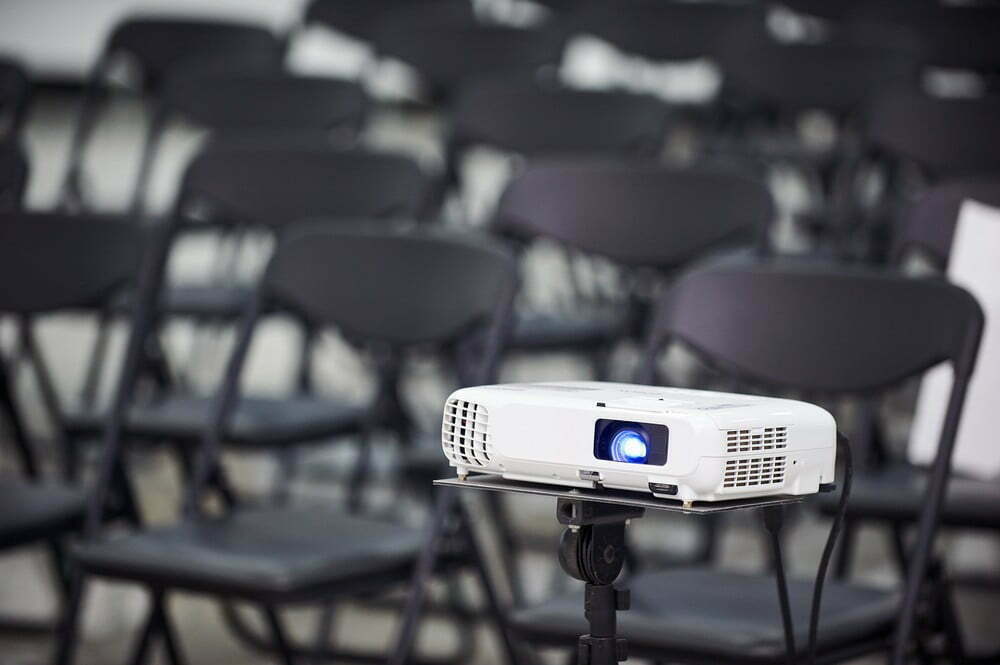














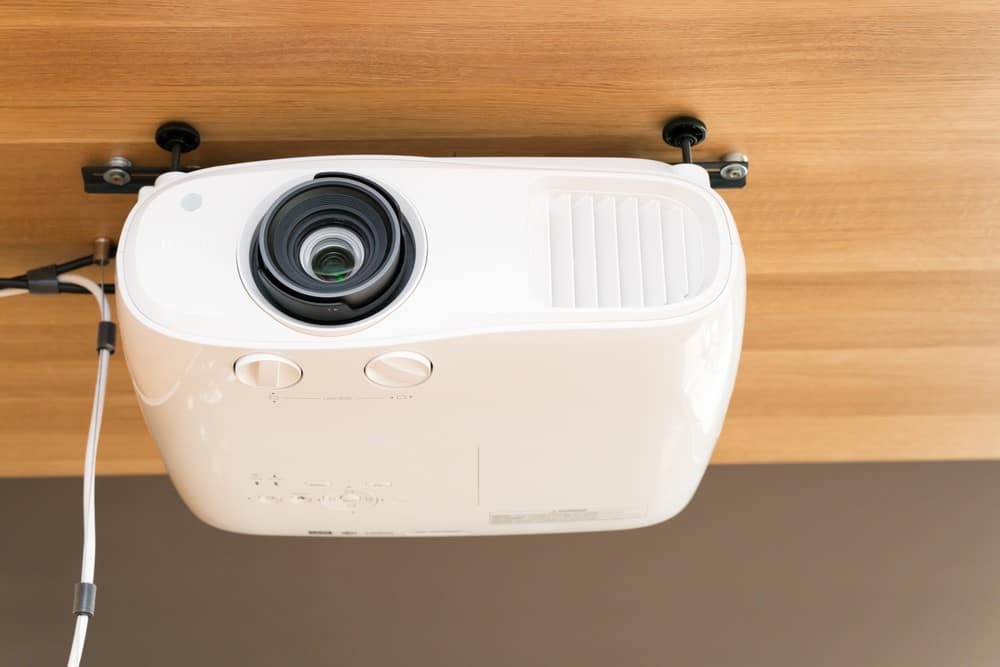
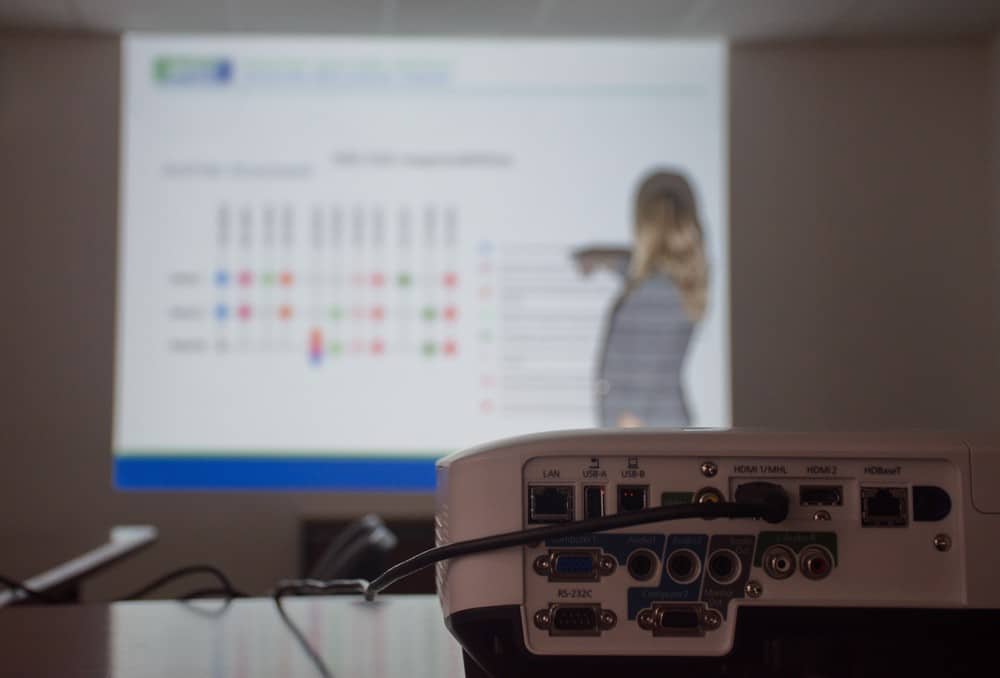
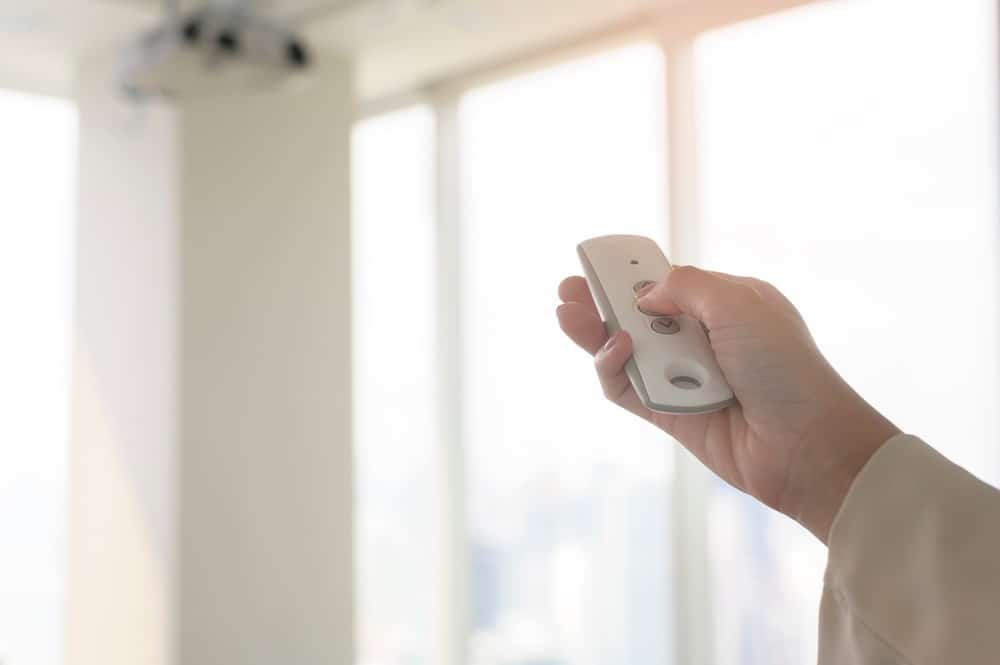
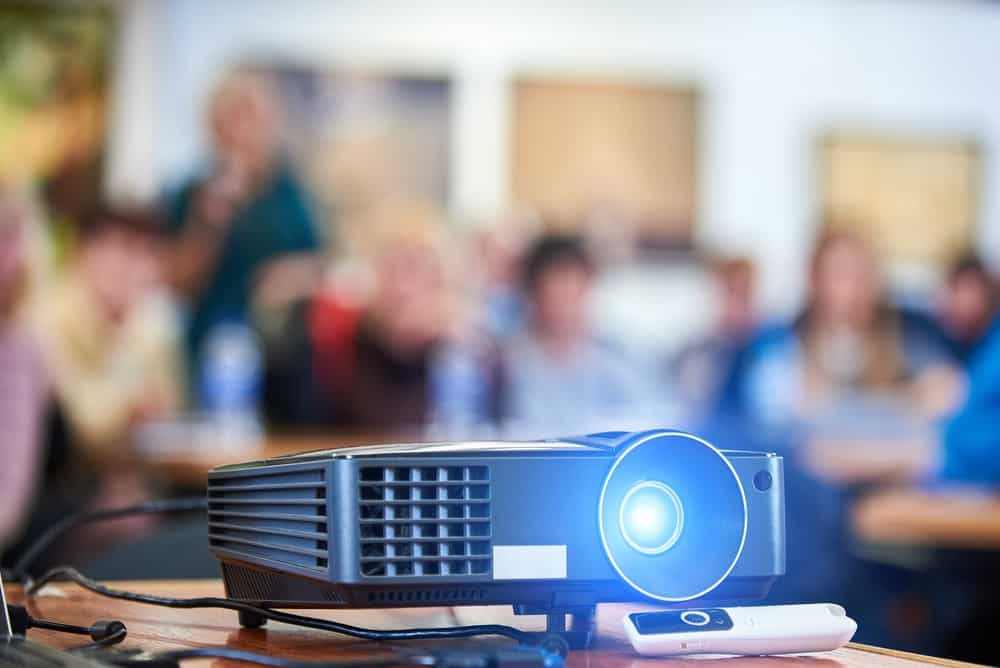

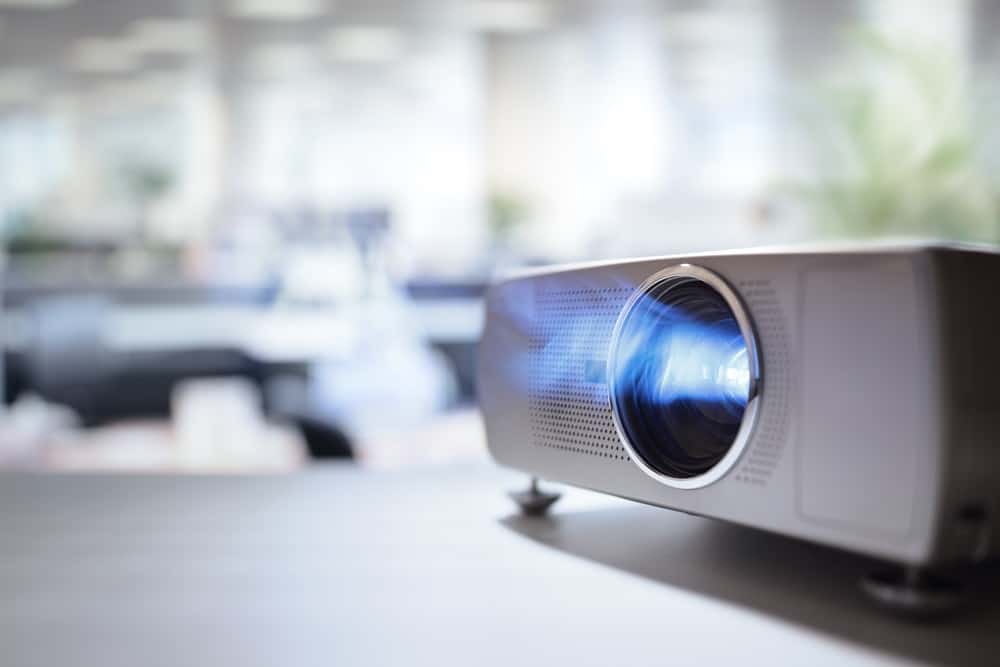
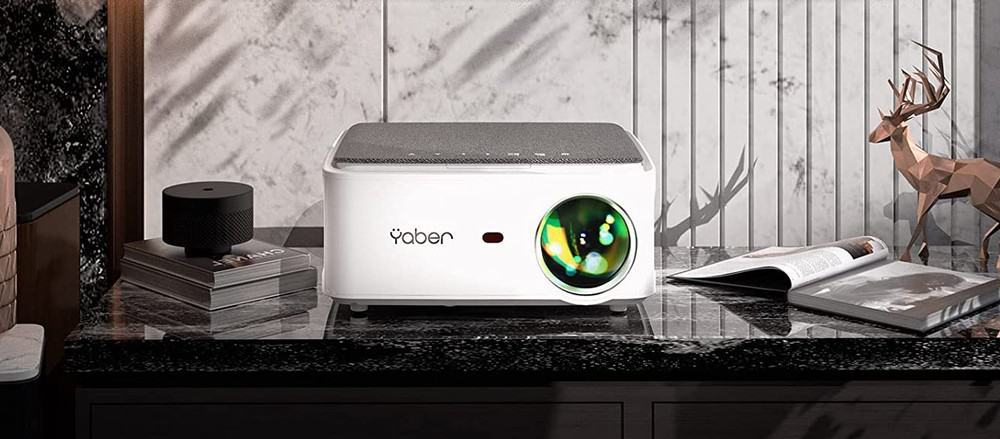
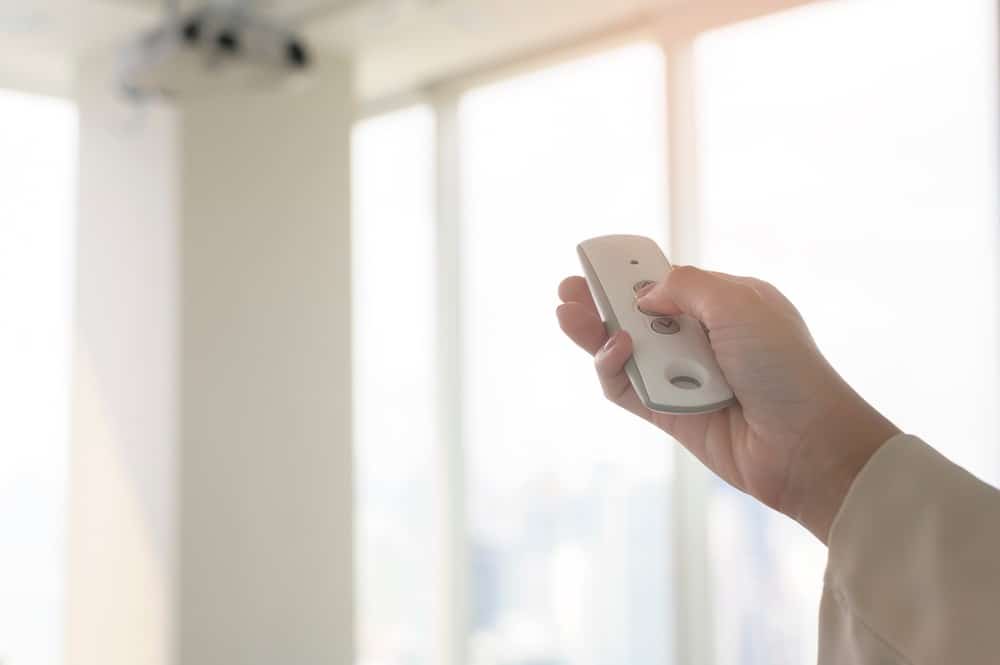
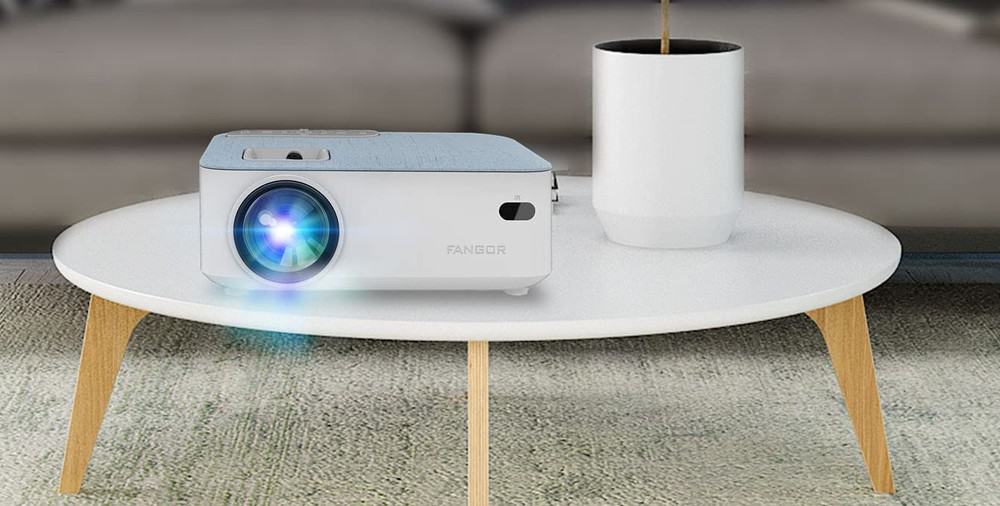
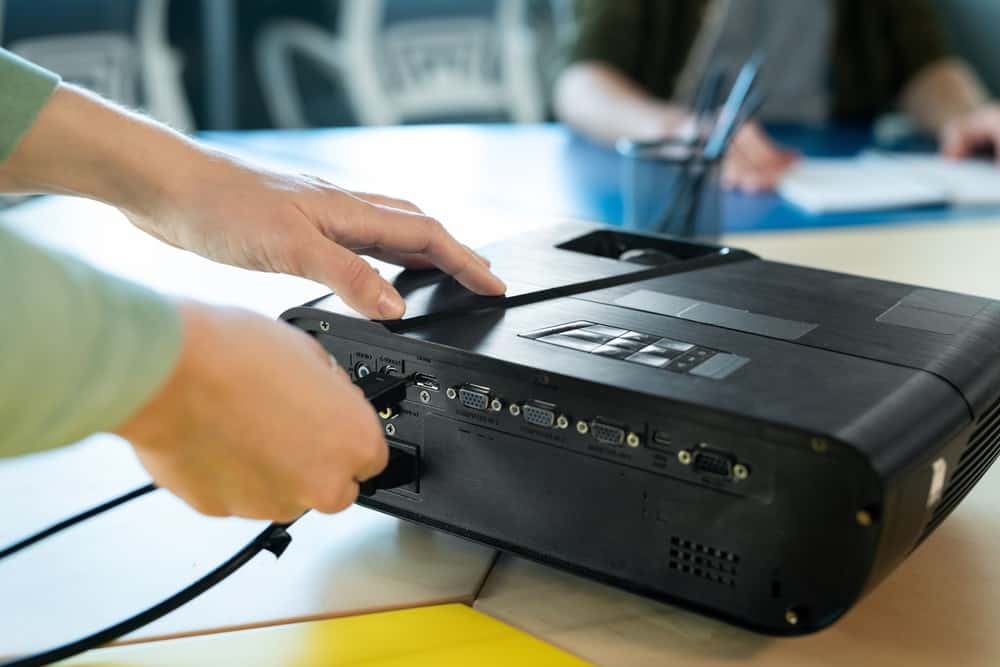
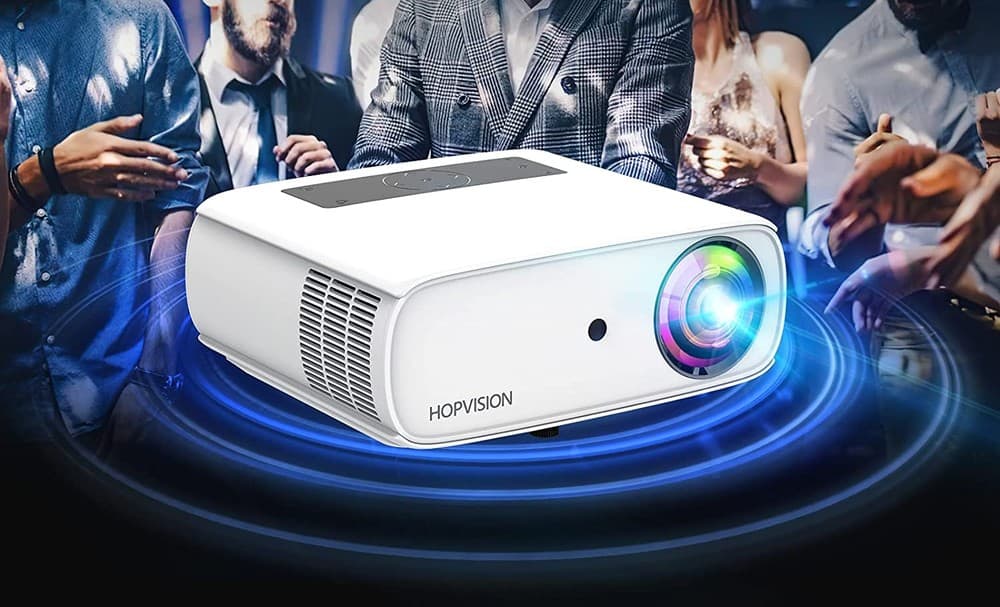

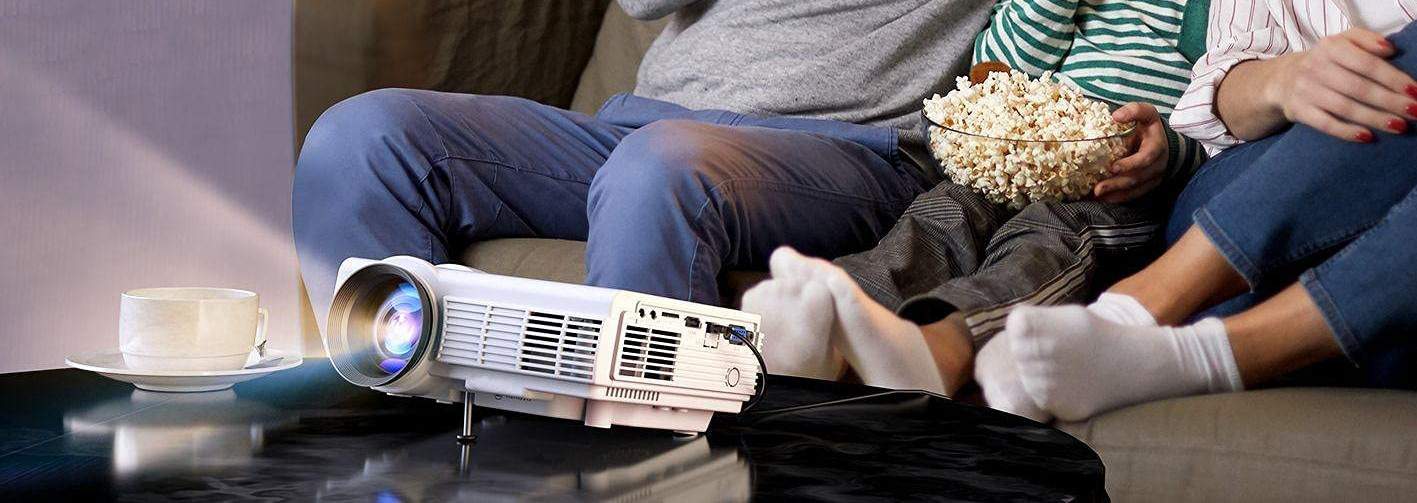
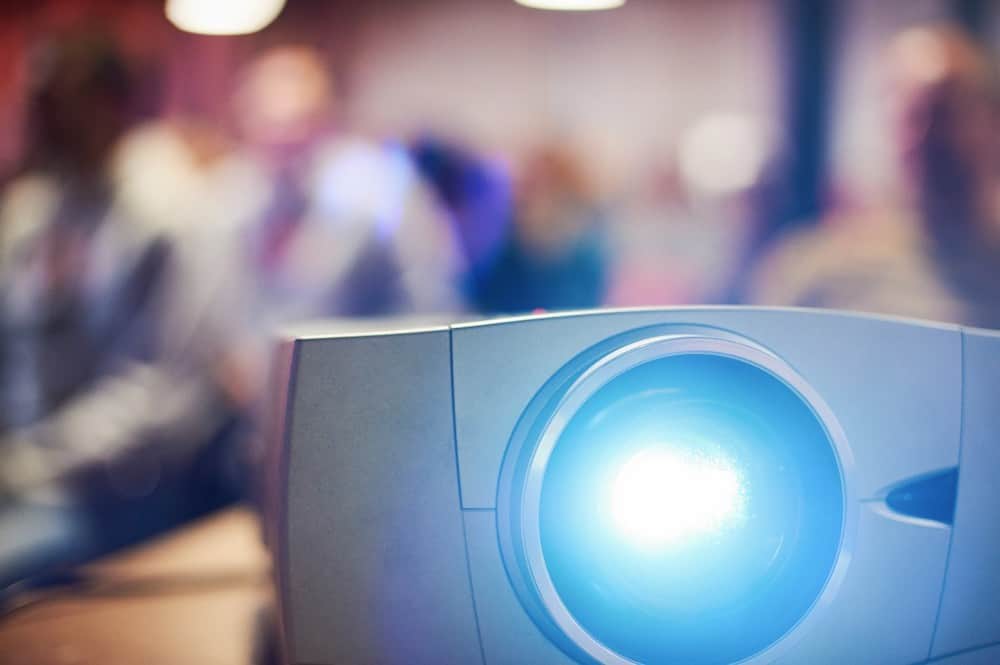
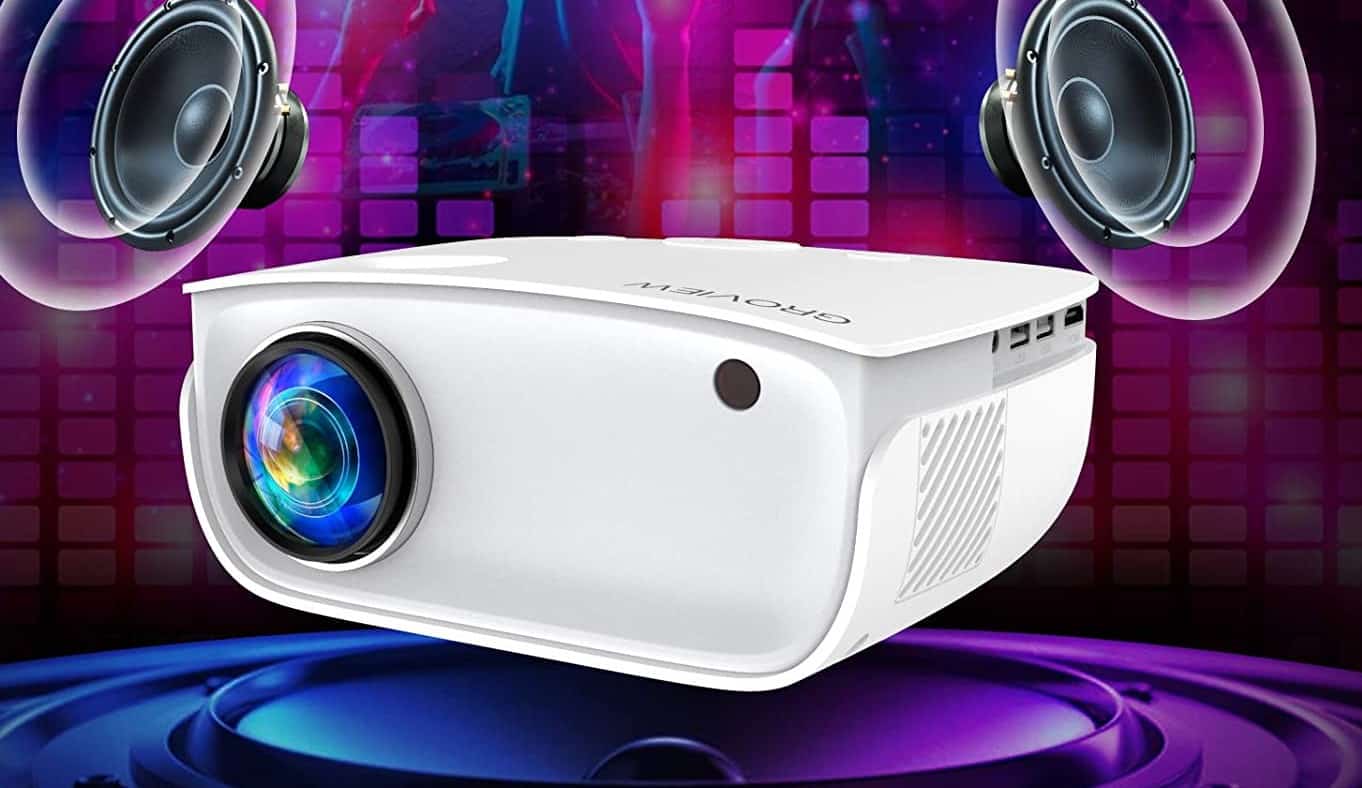
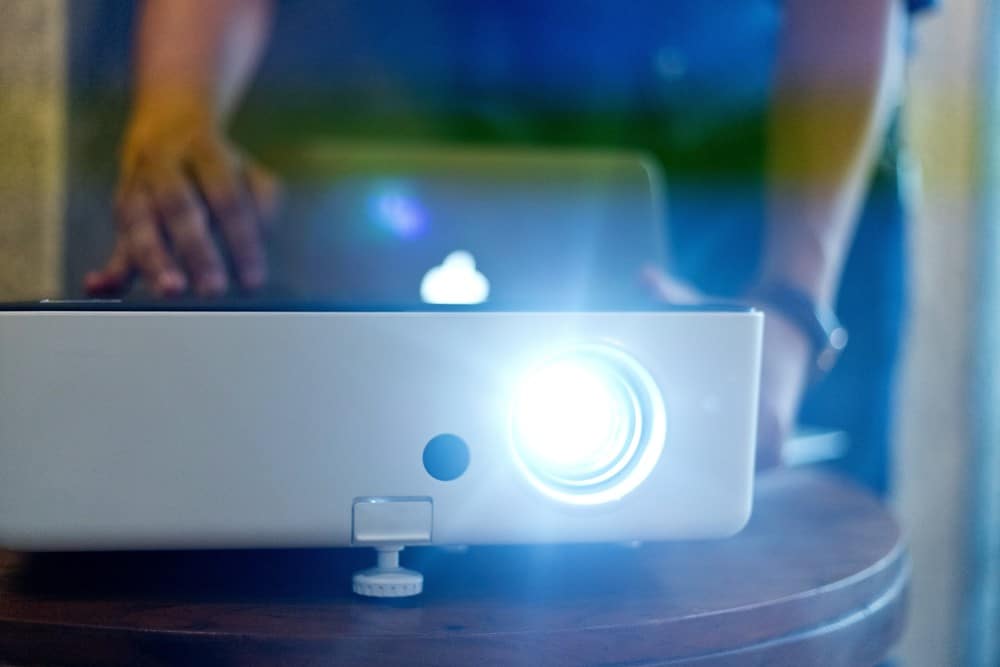

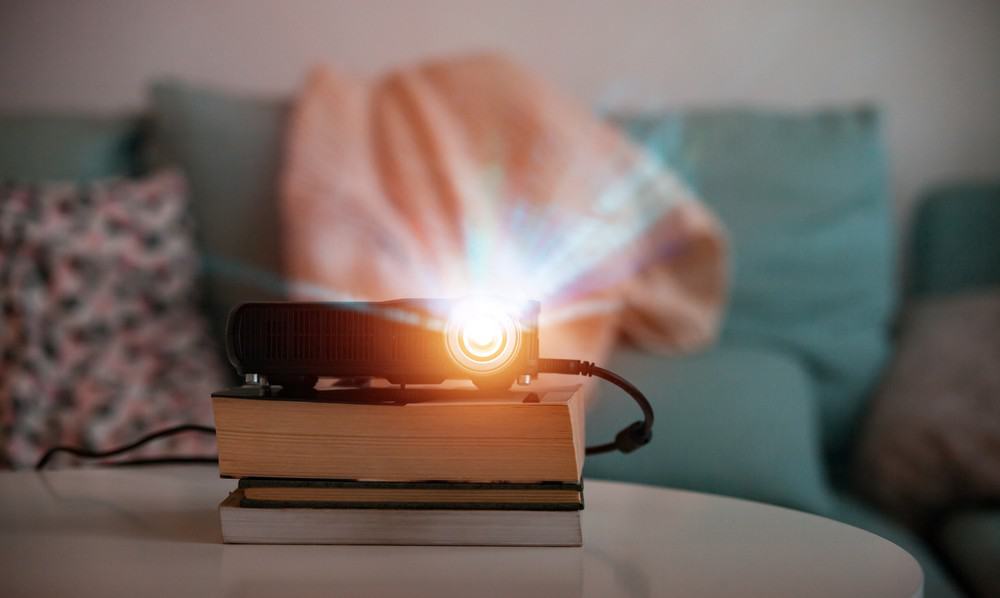
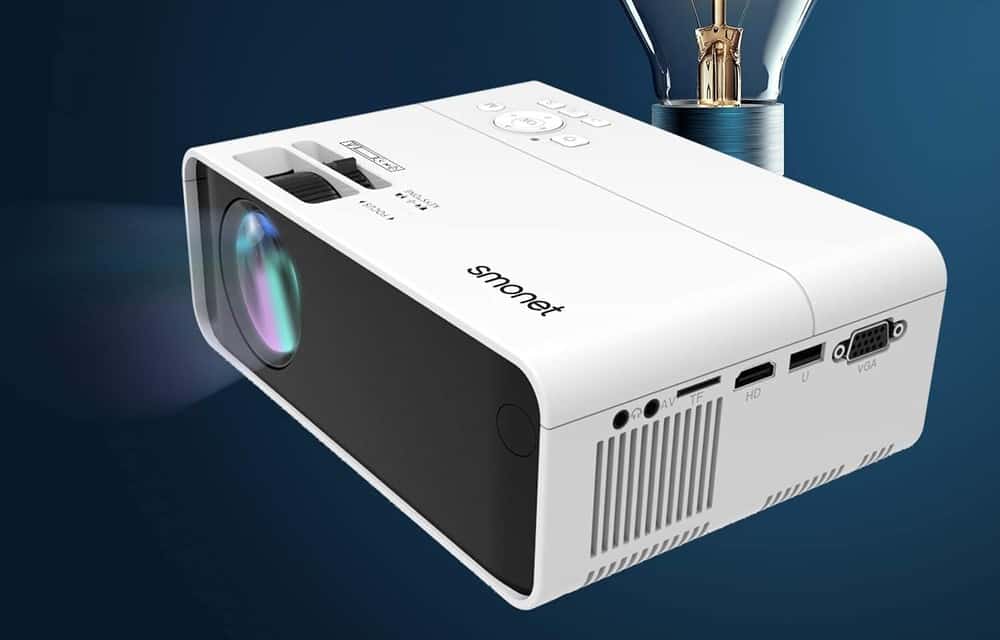
![Best Projectors for Daylight Viewing in [year] 27 Best Projectors for Daylight Viewing in 2025](https://www.gadgetreview.dev/wp-content/uploads/best-projector-for-daylight-viewing-image.jpg)
![Best Samsung Projectors in [year] 28 Best Samsung Projectors in 2025](https://www.gadgetreview.dev/wp-content/uploads/best-samsung-projectors-image.jpg)
![Best NEC Projectors in [year] 29 Best NEC Projectors in 2025](https://www.gadgetreview.dev/wp-content/uploads/best-nec-projectors-image.jpg)
![Best Acer Projectors in [year] 30 Best Acer Projectors in 2025](https://www.gadgetreview.dev/wp-content/uploads/best-acer-projectors-image.jpg)
![Best Quiet Projectors in [year] 31 Best Quiet Projectors in 2025](https://www.gadgetreview.dev/wp-content/uploads/best-quiet-projector-image.jpg)
![Best Projectors for Golf Simulator in [year] 32 Best Projectors for Golf Simulator in 2025](https://www.gadgetreview.dev/wp-content/uploads/best-projector-for-golf-simulator-image.jpg)
![Best Conference Room Projectors in [year] 33 Best Conference Room Projectors in 2025](https://www.gadgetreview.dev/wp-content/uploads/best-conference-room-projector-image.jpg)
![Best InFocus Projectors in [year] 34 Best InFocus Projectors in 2025](https://www.gadgetreview.dev/wp-content/uploads/best-infocus-projectors-image.jpg)
![Best Mini Projector in [year] ([month] Reviews) 35 Best Mini Projector in 2025 (December Reviews)](https://www.gadgetreview.dev/wp-content/uploads/best-mini-projector-image.jpg)
![Best Panasonic Projectors in [year] 36 Best Panasonic Projectors in 2025](https://www.gadgetreview.dev/wp-content/uploads/best-panasonic-projectors-image.jpg)
![Best Sony Projectors in [year] 37 Best Sony Projectors in 2025](https://www.gadgetreview.dev/wp-content/uploads/best-sony-projectors-image.jpg)
![Best Projector Stands in [year] 38 Best Projector Stands in 2025](https://www.gadgetreview.dev/wp-content/uploads/best-projector-stand-image.jpg)
![Best Ultra Short Throw Projectors in [year] 39 Best Ultra Short Throw Projectors in 2025](https://www.gadgetreview.dev/wp-content/uploads/best-ultra-short-throw-projector-image.jpg)
![Best Projectors for a Living Room in [year] 40 Best Projectors for a Living Room in 2025](https://www.gadgetreview.dev/wp-content/uploads/best-projector-for-living-room-image.jpg)
![Best RCA Projectors in [year] 41 Best RCA Projectors in 2025](https://www.gadgetreview.dev/wp-content/uploads/best-rca-projectors-image.jpg)
![Best Optoma Projectors in [year] 42 Best Optoma Projectors in 2025](https://www.gadgetreview.dev/wp-content/uploads/best-optoma-projectors-image.jpg)
![Best BenQ Projectors in [year] 43 Best BenQ Projectors in 2025](https://www.gadgetreview.dev/wp-content/uploads/best-benq-projectors-image.jpg)
![Best Projectors for Church in [year] 44 Best Projectors for Church in 2025](https://www.gadgetreview.dev/wp-content/uploads/best-projector-for-church-image.jpg)
![Best Projectors for Classroom in [year] 45 Best Projectors for Classroom in 2025](https://www.gadgetreview.dev/wp-content/uploads/best-projector-for-classroom-image.jpg)
![Best Epson Projectors in [year] 46 Best Epson Projectors in 2025](https://www.gadgetreview.dev/wp-content/uploads/best-epson-projector-image.jpg)
